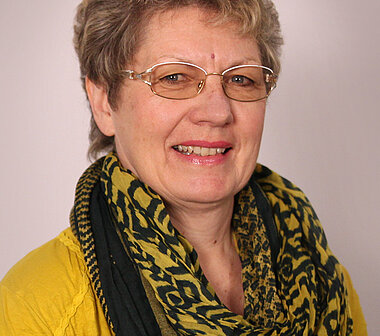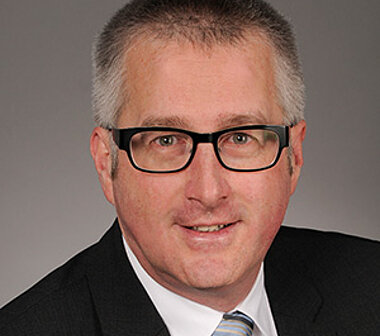Reading time: 1 minute
In 2016, the Insitut für Fenstertechnik e.V. (ift Rosenheim) is celebrating its 50th anniversary. According to the motto ‘ift Rosenheim – 50 years of service to the industry’, the technical development is presented in a ten-part series of articles. The individual articles are reflecting timeframes of 5 years from founding of the institute. They enable a short glance at the events at that time, take up as a key aspect a pioneering research project at that time, summarize goals, contents as well as results, then illustrate the further development as well as the impact thereof on the industry, and the current state of the art.
Electronics in windows and facades
State of work 2005
Windows and doors are able to react to changed boundary conditions by means of sensors and drive technology due to the integration of electronics. In addition to the energy saving, they also offer benefits for living and operating comfort, security, barrier-free building.
In 2005, windows and doors, which were able to perform this, were still individual constructions and were mostly used in special constructions. The motorization in gates and solar shadings is further advanced. However, the connection to the central building technology is also mostly missing.
Few standards and regulations are existing for the integration of electronics in windows, doors and facades. A transfer of the “electrical” regulations is only possible to a limited extent. During planning, there is often a deficit regarding the possible use of electronics and the thereto necessary coordination between the trades. Furthermore, also window and facade manufacturer do not posses the know-how needed.
Aim of the research project „Electronics in window construction”
Many interfaces as well as technical and building-physical interactions occur due to the collaboration of different trades (window construction, electrical engineering, technical building services,...) when integrating electronics in window, facade and door construction. The aim was to develop basics and to compile the results. An analysis of the weaknesses resulted in the priorities:
- Integration of electromechanical construction elements in building structures with questions regarding
safety in use/reliability as well as durability, specifications for power-operated construction elements, interactions of different components.
the involvement, installation as well as linkage in the building and/or the central building control system, coordination of the trades involved in planning and execution, concrete definition of the electrical interfaces.
Integration of electromechanical building components in construction elements with questions regarding
Results of Research Project
At the beginning of the project [1], the electrotechnical standards as well as the electrical and electronic components were analysed. The analysis of the cable routing in the construction element revealed that the cable should be wired on the warm “unloaded” interior side. The principle of a separate installation zone is economical.
On the basis of the single steps of the HOAI, the implementation of the planning and execution process of a facade and/or window concept was analysed. A practicable “designation code” was evolved, by which the hand-over position between the trade construction element and the trade service engineering can be defined.
However, the determination of the functional line seizure (e.g. cables for the control system) is also essential. A defined “color key” allows a simple and practical labelling of the functions of single cabels. The ift-Guideline EL-01/1 [2] combines suggestions and details considered when planning.
Studies of electromagnetic compatibility (EMC) at a sample window showed that the EMC regulations were fulfilled. However, when used in practice, the window unit is connected with a more or less intelligent control, their selection and wiring is very important. In the measurements, the interference spectrum originating from the control and transmitted by the wiring covered the low emissions of the electric components used in the window.
A test method as well as an adequate classification was developed for the determination of durability of drive units, which makes the interchangeability of a drive unit possible. In addition, air and watertightness was evaluated for power-operated windows without locking device. The drive unit itself acts as a locking point. The stiffness of the drive unit was of minor significance. The main influence is in the design of the window (dimensions, stiffness of the profiles, design of the sealants).
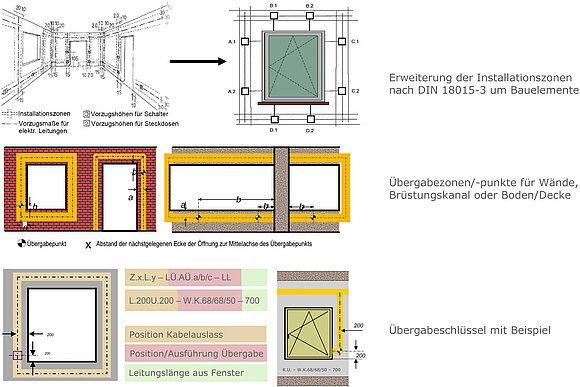
An impact of climate burdens on the durability of drive units depending on the classification of the drive units as per IP rating (protection against direct contact and/or against intrusion of solids and liquids) has not occurred.
The classification and assessment of the climate resistance of electronic components seems not sufficient for the use in the building envelope. The consequences of real loads as well as the influence of occurring condensation in the inside of a component are better recognisable by tests in climate change.
State of the art
Unlike windows, electromechanical systems are successfully used for power-operated gates, doors and shadings (venetian blinds, roller shutter) for many years. The safety devices and controls originated initially from other ranges of application, however, were matched with the needs of the door and gate industry.
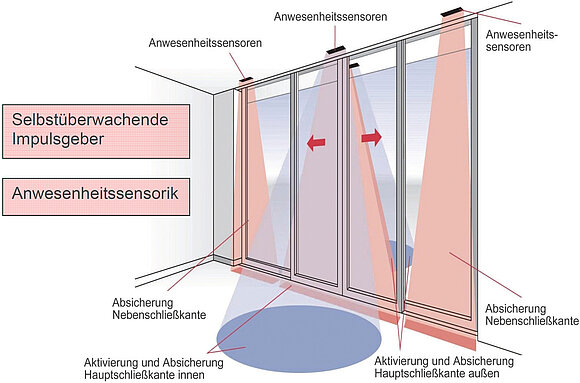
The endangering of the user has to be eliminated when using mechatronic construction elements. Therefore, the mechanical and electrical components as well as their interactions has to be tested. It is also demanded by the product standards, the Product Safety Act and the machinery directive. ift Rosenheim has set up a laboratory with experienced employees for testing of the electrical and functional safety, including the necessary accreditation.
In addition to electrical and functional safety, automatic construction elements must also fulfill the other characteristics of the respective product standard. Priorities have to be defined for the control, e.g. requirements for escape function in case of fire versus burglar resistance. For the burglar resistance, risks by electronic attacks (hacking of the security systems) can be caused by the electronics. Therefore, test and classification standards for the assessment of safety are issued in cooperation with ift Rosenheim.
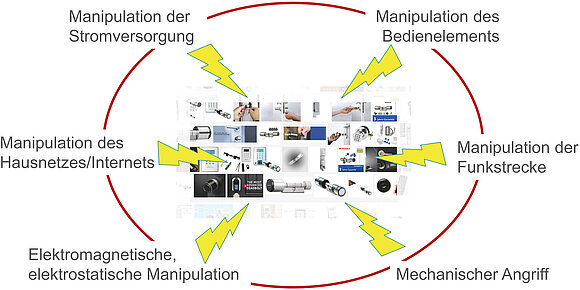
Further development
Digitization and use of electric and electronic construction elements are also unstoppable at windows and doors. Who would not want to have a central closure, automatic ventilation, an integrated burglar alarm system or a self-opening entrance door when having full shopping bags in his house?
Recently, global companies like Google and Apple as well as capable suppliers of the automotive industry have recognized the building sector and/or smart home as attractive growth segment. In addition to direct sales, user data are also interesting. Therefore, a dynamic market development for mechatronic construction elements is to be expected in the near future.
Standardization and standards are still missing for the use of new technologies. Generally valid rules do not only create fair competitive conditions, but also care for the necessary functional and electrical safety. Besides, these standards must also enable the use by different manufacturer, such as the “plug and play” solutions for computers. The hardware (e.g. window, drive units, sensors, cables, plugs) as well as the software (bus protocol, “transfer parameter” for the communication, etc.) have to be coordinated and compatible. Examples are uniformly arranged ducts or tracks, the definition of a window universal plug as well as the durable and secure integration of electronic components.
Summary
The future has begun; electromechanical components are meanwhile self-evident (gate drive, automatic doors, door drives). Specifications for accessibility, energy saving, superior, convenience, comfort and safety can be further improved by automatic systems. Even if the application in facades and windows is still low, a high demand for safe products emerges also for the future. Who gets the business, is still unclear. However, it is clear that ift Rosenheim will support the manufacturer, planner and user practically and componently in usual way with the new laboratory area “Safety electronic components”.
Literature
- Sack, N.; Lechner, S.; Leuschner, I.; Kast, T.; Becker, M.; Knoll, P.; Lehnertz, M.:
Development of basics for the integration of electronics in window and door construction and facade engineering
Partial report I: Development of basiscs
Partial report II: Power-operated windows
Research report of ift Rosenheim, 2008 - ift-Guideline EL-01/1
Electronic systems in windows, doors and facades
Part 1: Guideline for the planning and design of the integration of electromechanical building elements into buildings
ift Rosenheim, September 2008 - DIN 18015-3:2016-09
Electrical installations in residential buildings - Part 3: Wiring and disposition of electrical equipment
Beuth Verlag GmbH - Machinery directive - Directive 2006/42/EC of the European parliament and of the council of 17 May 2006 on machinery and amending Directive 99/37/EC of the European Parliament and of the Council of 22 June 1998 on the approximation of the laws of the Member States relating to machinery (recast)


